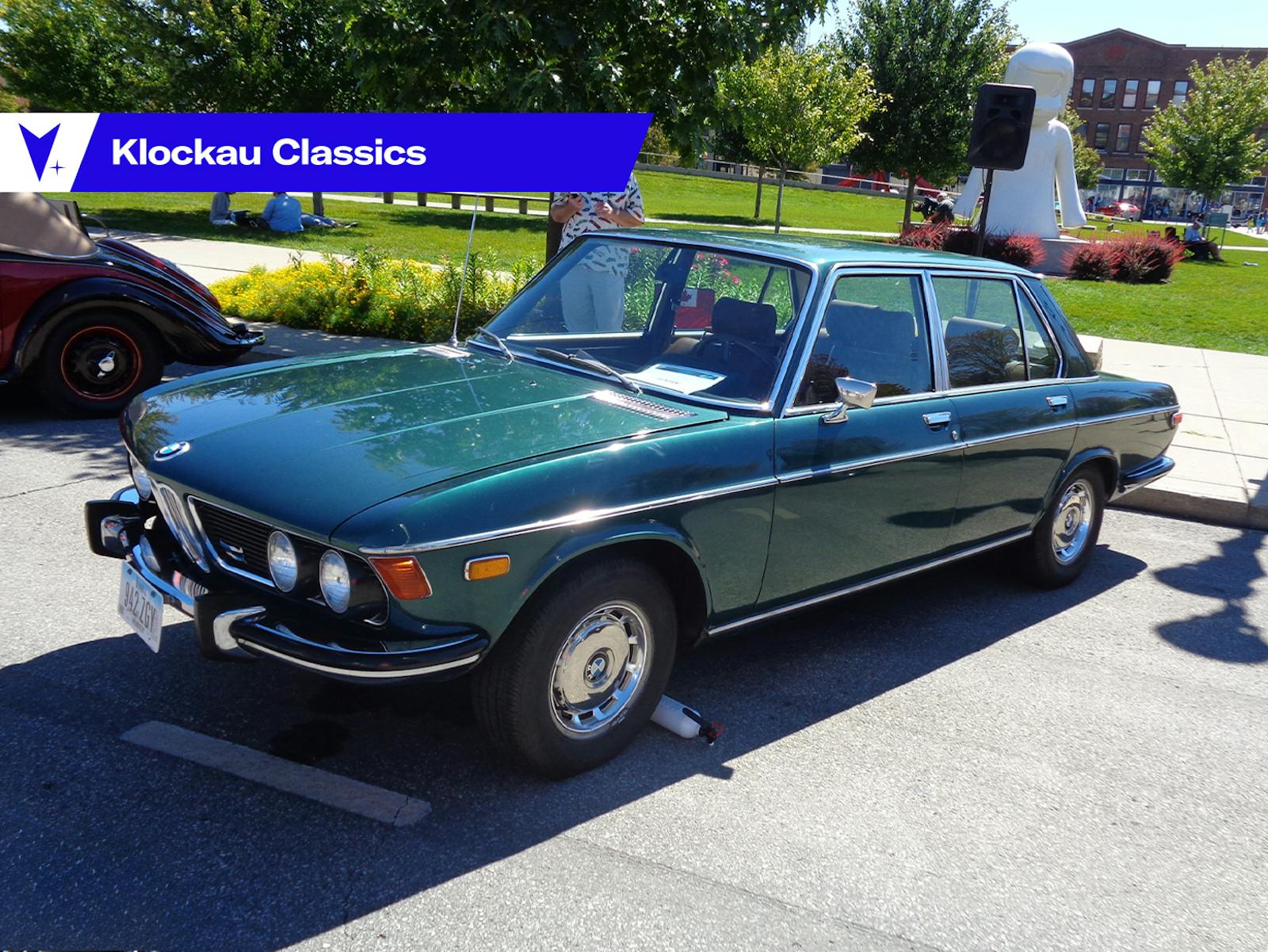1974 Jaguar XJ12L: Low, lean, luxurious
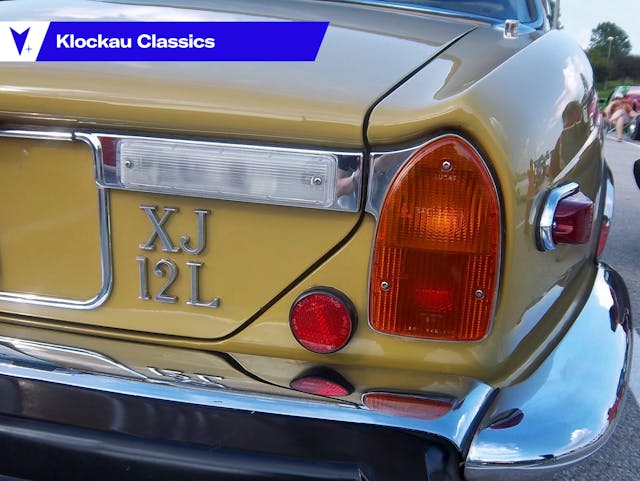
Has Jaguar always had a mixed reputation? Sure, they’re cool cars, the vintage ones have always been collectible, and there are many fans and clubs dedicated to the marque. I’ve always loved them, going back to a much-loved emerald green XJ-S toy by Pocket Cars that I had as a three- or four-year-old car-nut. The subsequent purchase of a friend’s 1995 XJS by my parents in the early 2000s only added to my appreciation for Jaguars. But since at least the 1970s, the casual suggestion that one is in the market for a Jaguar has been met with “Ohhhh, but if you do …” Remember the V-12 E-Type that wouldn’t start in the 1976 movie The Gumball Rally?

Of course you do. They just can’t get a break, can they? Tell any non-automotive person, and many gearheads as well, that you are thinking of buying a Jaguar and they’ll respond as if you suggested jumping the Grand Canyon with a 1978 Chevrolet Chevette. “Oh no! No! Good Lord, no! Don’t do it!” Even a relatively benign vintage Jaguar–say, a 1999 XJ8 Vanden Plas—might draw that reaction. But if you really want to instill fear and loathing, and genuine fright for your personal and financial well-being, there is really no Jag more fitting than a ’70s V-12.

Yes, the ’70s Jaguar. Pick a model, any model. It is the Rodney Dangerfield of Jaguars. Cool. Classy. But buy one? Drive one? Insure one? Ye gods! No! To hear some tell it, the ability to keep an XJ12 running requires indeterminate amounts of skill, money, spit, baling wire, patience, Lucas factory-original smoke, and–you guessed it!–more money. Even with serious commitment, the thing may only run for two or three days before something else goes kerflooey, requiring another week in the shop and an accompanying cash injection. At least, such is the word on the street and on the web. (You can trust the internet, you know. A guy on Facebook told me so.)

If true, it is a shame, because the original Jaguar XJ6 and XJ12 were absolutely beautiful cars, inside and out. Even the larger bumper guards added to 1974-and-up U.S. models didn’t detract from its elegant lines. Could it be the most beautiful sedan ever built? If not, it’s certainly a contender.


The XJ12 debuted in mid-1972. Initially, both standard-wheelbase and long-wheelbase versions were offered. LWB models got an extra 4 inches of wheelbase, all of it in the rear compartment, as can be seen in the two pictures above of a red XJ6 above and yellow XJ12L sedan below, both from the 1974 U.S. brochure.

By the way, why can’t new car brochures have beautiful photography like this? It seems most car brochures over the past decade show a gray car in a gray background with just a hint of the driver’s head behind the wheel–if indeed any human being is included in the picture. So dull! But I digress.

The XJ12 and XJ12L featured the same 5.3-liter aluminum engine first seen in the 1971 E-Type. Brakes and tires were both beefed-up compared to the six-cylinder model. An SI V-12 could take the XJ to 60 mph in 7.4 seconds and to 100 in 19, but that those numbers likely apply to the home-market version in Blighty, not to the emission-spaghettied U.S. one. Fuel efficiency was unsurprisingly lacking, with an average figure of 11 mpg. Total production of the SI XJ12 was 2474 standard-wheelbase models and 754 XJ12Ls.

The Series II XJ sedans made their appearance in September of 1973. Whether equipped with the six-cylinder or the V-12, all cars received a higher front bumper and shorter grille to comply with new U.S. regulations. Also new were the instrument panel, redesigned climate-control system, and padded steering wheel, among other things.

The Series II XJ12L had a total length of 195 inches, with a wheelbase of 112.75. The home-market V-12 developed 285 hp at 5750 rpm and 294 lb-ft of torque at 3500 rpm. Naught to 60 mph was accomplished in 7.8 seconds, with a claimed top speed of 147 mph. The desmogged U.S. version made 244 hp at 5250 rpm.

While the XJ6 was no slouch itself, the primary goal of the V-12 version was silence, smoothness, and refinement as befitting its luxury status. It was also a very complicated engine, with twin camshafts, twin fuel pumps, four Stromberg carbs, and Lucas Opus electronic ignition. Beginning in 1975, it was fitted with Bosch-Bendix electronic fuel injection. Though the XJ had been designed with a V-12 in mind, it was still a bit of a tight fit, and required a Rube Goldberg-like radiator, which was divided into two separate sections with feeder tanks on either side. Even the battery received its own cooling fan!
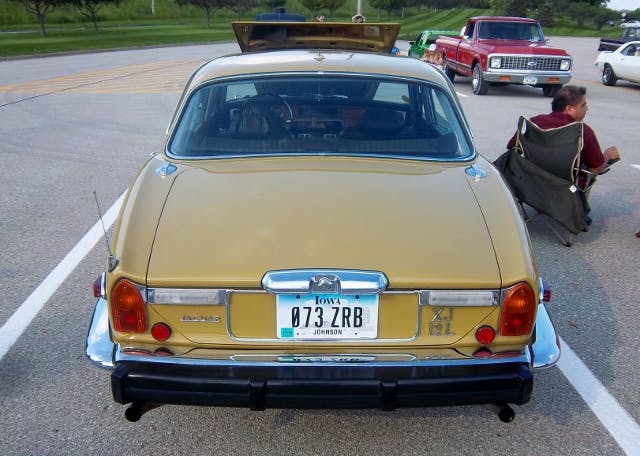
As you might expect, all of this complicated engineering resulted in trouble if not meticulously maintained. But considering a 1973 XJ12L went for £4702 new (approximately $11,400 in 1973 dollars), who wouldn’t put in the effort? The real trouble came for the second, third, and fourth owners.

The truth of the matter is that these cars—despite their cost, luxuries, and amazing engineering—were still a product of British Leyland, a company staffed with workers who, shall we say, may or may not have cared to do their best. Even the owner of a brand-new XJ12L could have had a multitude of paint, assembly and mechanical troubles.

They were definitely pretty cars, with the requisite and so-very-British wooden instrument panel, leather-lined cabin, and power everything. Wouldn’t you love to go for a ride in this car, sitting in that leather-lined back seat and stretching out with all that extra legroom? Here’s a fun fact: The only option on the XJ12L, at least on U.S. models, was an AM/FM multiplex four-speaker stereo.

I just love the interiors on these—but then, any Jaguar interior is a most pleasant place to be. Comfy seats, a delicate gear selector, lovely wood trim, and full instrumentation. XJ12L standard features included an electric rear-window defroster, power windows, deep-pile carpet, tinted glass, automatic temperature control, four-wheel disc brakes and a Borg-Warner three-speed automatic transmission.

I spotted this butterscotch-hued Jag at the Classy Chassy car club cruise-in in Coralville, Iowa in May of 2014. I knew even from a distance that this was something special, but as I got closer I noticed twin cylinder banks instead of one. Egad! ’Twas not a relatively common mid-’70s XJ6, but an XJ12L!

It was a real thrill to check out this car in person. I had never seen one of these in the metal. I was just smitten with its condition and striking originality. I spoke with the owner, and he confirmed it is a real V-12, and that he and his brother were able to get it running. I have to give them a MAJOR thumbs up for getting such a neat, uncommon, and undoubtedly complex vintage car running.

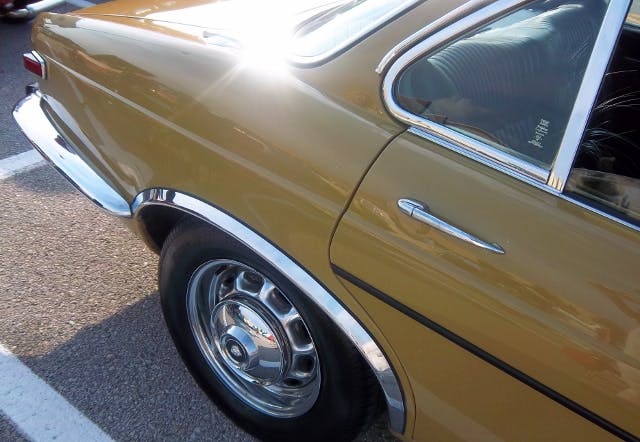
Naturally, there was some wear and a little rust. Still, for an apparently original car it was quite nice. With so many over-restored old cars at shows and cruise ins these days, it’s a breath of fresh air to see an original. Its feline curves were fully intact, just as svelte and attractive as they were forty-odd years back.

If the sedan doesn’t float your boat, the V-12 was also available in the gorgeous XJ12C coupe. Good luck finding one of those, though. They appear from time to time, but production was minuscule compared to that of the sedans.
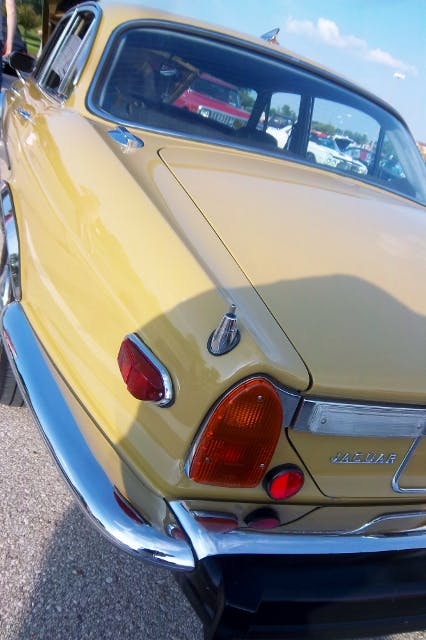
According to my 1974 Jaguar brochure, the U.S. XJ12L featured twin SU fuel pumps, Opus Mark II electronic injection, four-wheel disc brakes, dual 12-gallon fuel tanks, four Zenith-Stromberg carburetors, radial whitewall tires (steel-belted on XJ12s), an automatic transmission, and the aforementioned optional AM/FM multiplex radio with four speakers. I wonder how much the emissions add-ons affected performance?
Oh, who cares. As you’re rolling down the boulevard in this English ’70s luxury sedan, Ray-Bans in place, with the factory speakers belting out “Hotel California,” with no particular place to go, who cares about negative minutiae like that. Who wouldn’t be proud to have this car in their garage?


